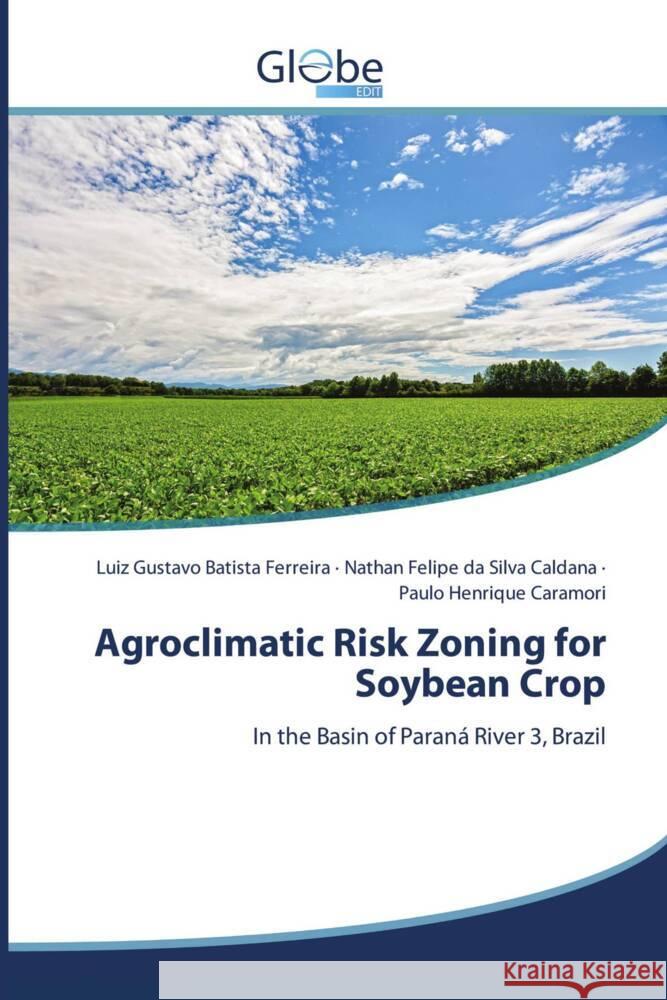Agroclimatic Risk Zoning for Soybean Crop » książka
Agroclimatic Risk Zoning for Soybean Crop
ISBN-13: 9786200633507 / Angielski / Miękka / 64 str.
Although the recent scientific and advances technologies, the climate is still the main variable for crops production system, considered key importance for success or crop failure of the soybean (Glycine max L.), the main crop cultivated in Brazil and Paraná state (Southern of Brazil). Droughts periods are extremely damaging to agricultural production and, therefore, studies that identify the frequency and intensity of these events are relevant to the agricultural planning and for decision-making. The purpose of this study was to evaluate the rainfall variability and to determine the frequency of droughts periods during the soybean cycle, in the Western region of the Paraná State. The droughts periods frequencies per moving 10-day periods exhibited a maximum of 35 % between the months of September and March in the region. The periods with the lowest risk are throughout the month of October, followed by December 10 to January 5. The results of this study help to choose the best sowing times such that the most sensitive phases of soybean cycle occur in the lowest risk periods.











